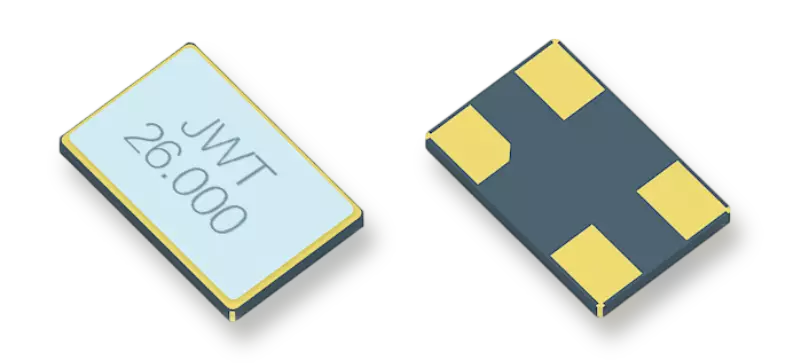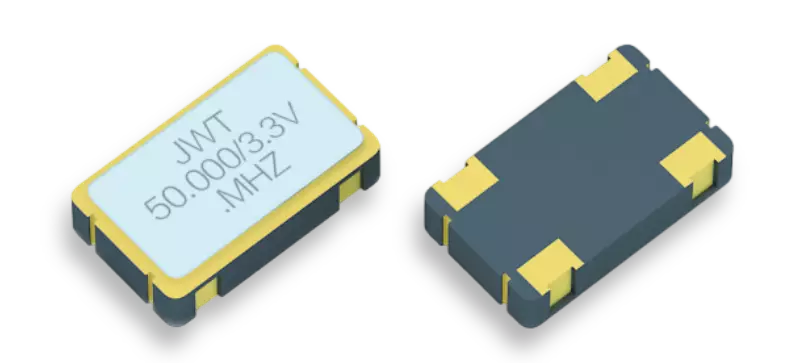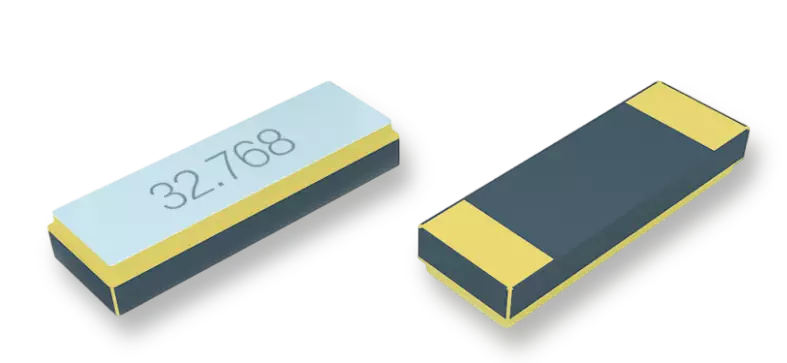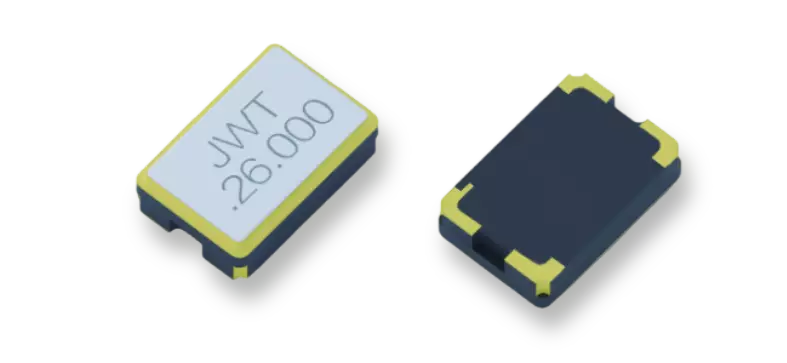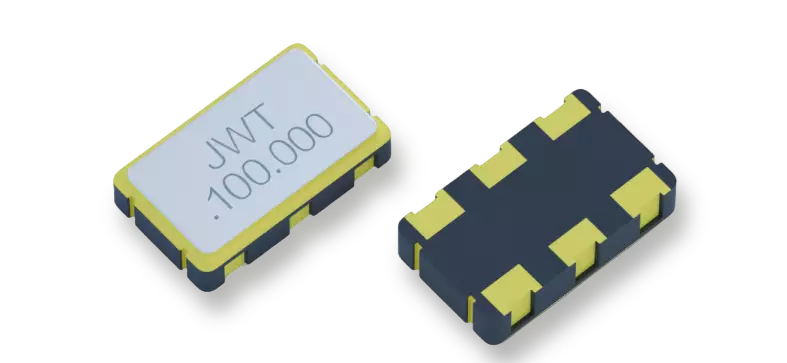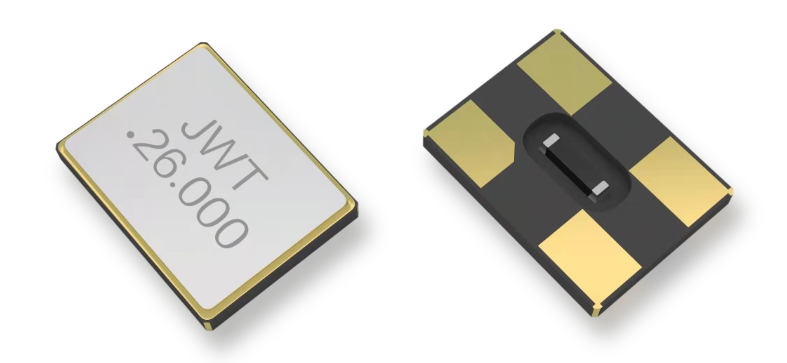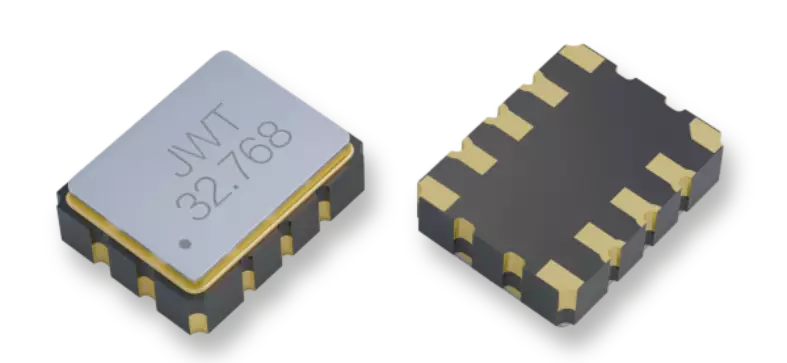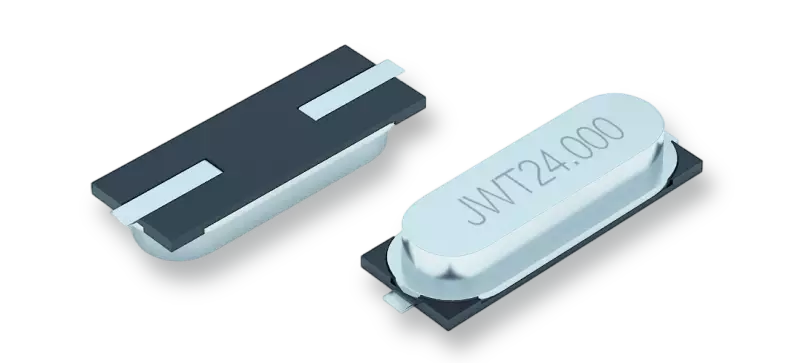What is the difference between a crystal oscillator and a TCXO?
Release time: 2025-09-30
In modern electronic devices, crystal oscillators and temperature-compensated crystal oscillators (TCXOs) are two widely used oscillators. They play a vital role in applications such as precise frequency generation, clock synchronization, and signal transmission. Although both use quartz crystals as their oscillation source, they differ significantly in stability, performance, and applications. This article will delve into the differences between crystal oscillators and TCXOs, focusing on their operating principles, performance characteristics, and application scenarios, to help readers better understand these two oscillators and the principles for selecting one.
Basic Operating Principle
A crystal oscillator generates an electrical signal through the mechanical vibrations of a quartz crystal. The crystal itself has a very stable frequency response. When current flows through it, the crystal vibrates at a specific frequency. This vibration is converted into an electrical output signal. The advantage of a crystal oscillator is its good frequency stability, but this stability can be affected by fluctuations in ambient temperature.
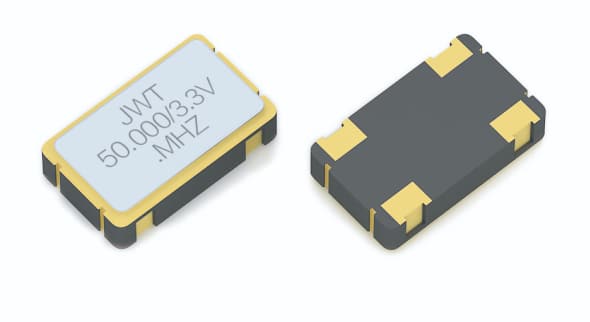
As the name suggests, a temperature compensated crystal oscillator (TCXO) improves its frequency stability by performing temperature compensation on the crystal oscillator. A TCXO adds a temperature compensation circuit to the crystal oscillator, which detects temperature changes in real time and adjusts the oscillator’s output frequency to maintain frequency stability. This compensation enables the TCXO to maintain high frequency accuracy even in environments with large temperature fluctuations.

Temperature Stability
One of the main drawbacks of crystal oscillators is frequency fluctuation with temperature. While quartz crystals offer good stability at room temperature, significant fluctuations in ambient temperature can cause the crystal’s mechanical vibration frequency to shift. This shift can affect the performance of applications such as precision measurement and communication systems.
In contrast, a TCXO’s built-in temperature compensation mechanism effectively mitigates the effects of temperature fluctuations on frequency stability. The TCXO’s temperature compensation circuit automatically adjusts the oscillation frequency based on temperature fluctuations, ensuring frequency stability over a wide temperature range. Therefore, TCXOs are particularly suitable for applications requiring high frequency stability, such as mobile communications, satellite navigation, and avionics.
Accuracy and Stability
Because TCXOs compensate for temperature variations, they offer higher accuracy and better long-term stability than traditional crystal oscillators. Conventional crystal oscillators typically have accuracy in the ppm (parts per million) range, while TCXOs can provide lower frequency deviation in environments with more stringent temperature variations, achieving accuracy in the ppb (parts per billion) range.
However, while TCXOs offer superior frequency stability and accuracy compared to crystal oscillators, they are more complex to design and manufacture, resulting in a relatively high cost.
Application Scenarios
Applications of Crystal Oscillators:
- Basic communications equipment: Such as radio transmitters, receivers, and clock generators.
- Electronic products: Such as televisions and audio equipment, where frequency stability is less critical.
- Computers: Used for computer clock synchronization.
Crystal oscillators are primarily used in applications where temperature stability is less critical, as they are relatively low-cost and can meet the needs of most common applications.
Applications of TCXOs:
- Satellite Positioning System (GPS): In GPS receivers, temperature compensation is critical for accurate positioning and synchronization.
- Mobile Communications: Wireless communication base stations and equipment, including those for LTE and 5G, require highly accurate clock synchronization.
- Aerospace: In high-altitude, high-temperature, and fluctuating environments, TCXOs ensure proper operation within a strict temperature range.
- Military Equipment: High precision and reliability make TCXOs key components in military communications and navigation systems.
TCXOs are primarily used in high-end applications with stringent frequency stability requirements, especially in environments with significant temperature fluctuations.
Cost and Selection
Crystal oscillators are relatively low-cost and simple in structure, making them suitable for most applications requiring low to medium precision. However, their stability is significantly affected by temperature, making them suitable for applications with relatively constant environmental conditions.
TCXOs, on the other hand, are relatively expensive due to their temperature compensation capabilities. However, they offer excellent accuracy, stability, and reliability, making them suitable for applications requiring high precision. However, they are generally more expensive than traditional crystal oscillators, so when extreme precision is not required, users may prefer a lower-cost crystal oscillator.
Summary
Crystal oscillators and TCXOs each have their advantages and disadvantages and are suitable for different applications. Crystal oscillators, due to their low cost and wide applicability, are very common in many low-precision, room-temperature applications. TCXOs, on the other hand, are widely used in fields requiring high precision and reliability, such as communications, navigation, and aerospace, thanks to their excellent temperature stability.
When choosing between a crystal oscillator and a TCXO, users need to balance cost and performance based on their application requirements. For applications with high frequency accuracy and temperature stability requirements, a TCXO is undoubtedly the more suitable choice. However, for applications less sensitive to temperature fluctuations, traditional crystal oscillators remain a cost-effective option.

